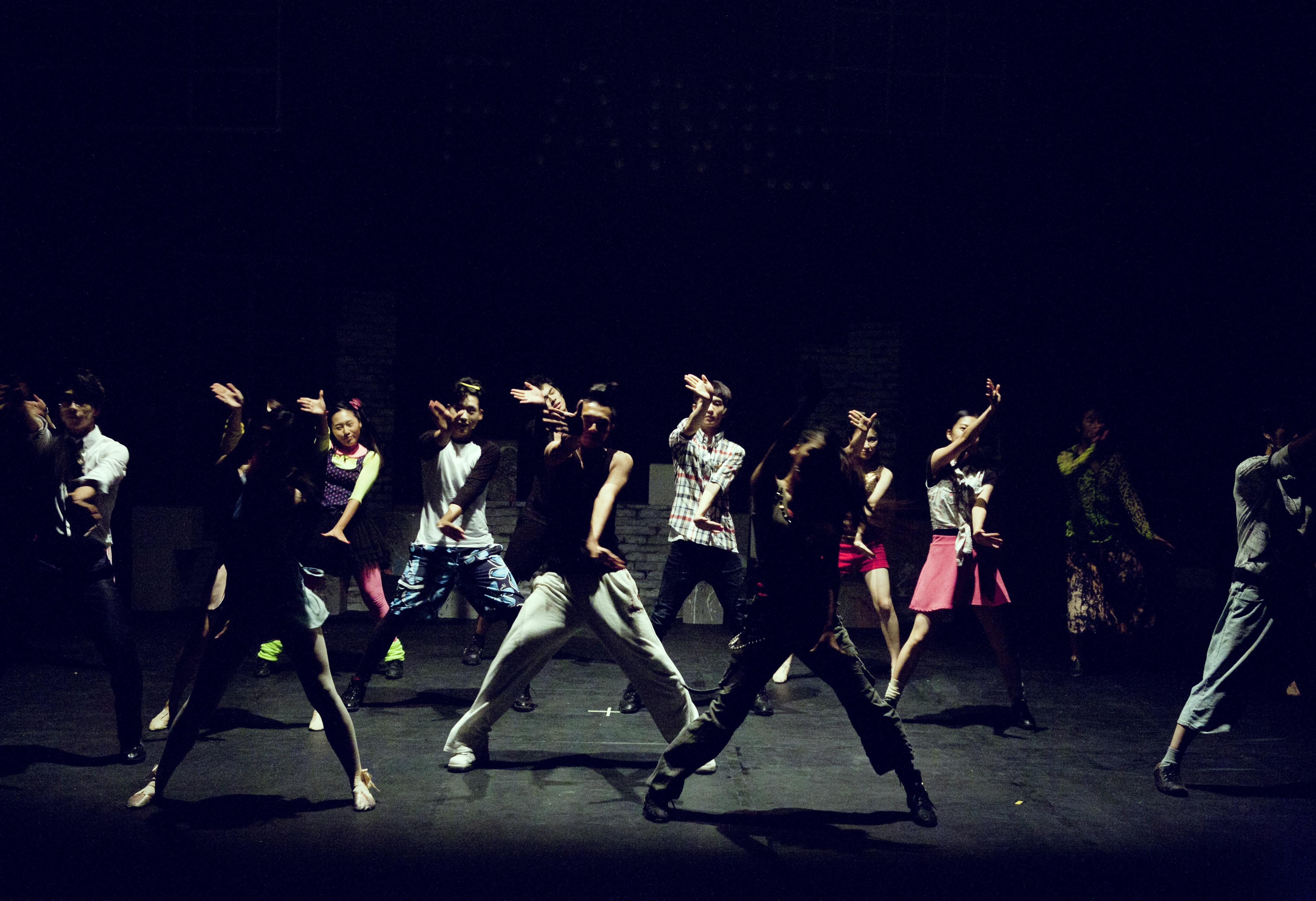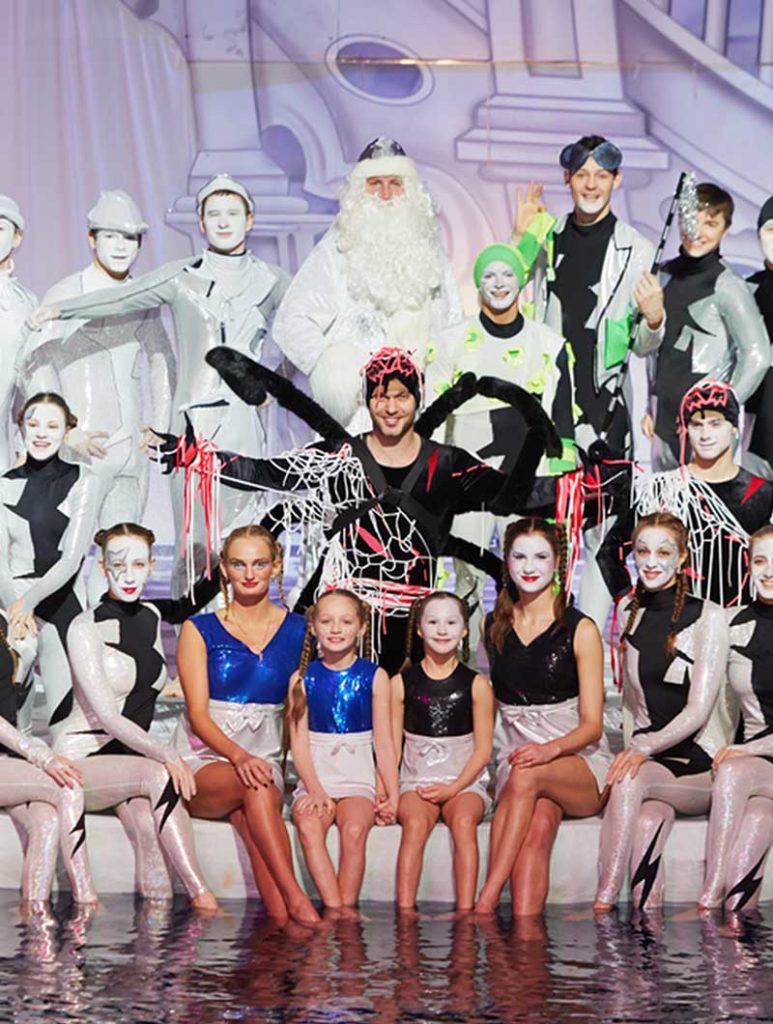We design tours to match your studio/students’ needs and wants.
From private classes and workshops at famous dance studios (Like Millenium, Step on Broadway, Broadway Dance Centre, Martha Graham, and Alvin Ailey) and behind the scene tours Broadway productions.
We organise attendance with local dance schools and create a sister school relationship. We can also arrange teacher exchange workshops with local dance schools where the tour students mix with local students and build long-standing relationships with like-minded performers.
We offer various performance opportunities in multiple Disneyland’s, shopping centres & cruise ships.
Contact Us today and let Pure Dance Tours help custom build your perfect dance tour.
Benefits For Children Participating in Dancing
It’s important to find activities that will give children the proper physical, mental, and emotional development they need through their adolescence. Dancing is one of the best activities that focuses on all of these areas and there are many benefits for children participating in dancing. Children who participate in dancing will reap the benefits of this activity well into their adult years. Let’s take a look at some of the best benefits that come from children’s dance as a sport.
Physical Activity
Dance is an active sport that allows children to get their daily dose of physical activity so they can get out their energy in a constructive and positive way. This activity integrates various gymnastics and dance techniques so that children have fun while getting exercise in a safe environment with a high level of athleticism. A lot of the physical benefits come from the aerobics involved with dancing. It is a full body workout without the use of weights or equipment that doesn’t feel overly-intense. Core muscles including abdominals, intercostals, back and chest muscles are strengthened and targeted to keep children strong and active.
Socialization
Children who participate in dancing are able to have a positive influence on their peers. By learning to work together, children receive social skills that will help them develop relationships throughout their adolescent years. This ties in to the sense of self-worth and confidence they acquire while dancing. Many parents praise these children for the growth they have gone through as a result of participating in dance. Children can make lifelong friends through this activity because they are able to participate together in practices and competitions, as well as enjoy the benefits of a non-competitive environment.
Confidence
Kids who dance tend to have higher confidence levels than their non-dancing peers. This comes from their ability to learn about themselves through dancing and find what works best for them to contribute to the team. The team aspect of dance involves a willingness to help each other learn new techniques, perform at their best, and develop their skills even further. Dance is a highly confident sport because it is so focused on your outward expression and the way you present yourself. When children perform in front of crowds and showcase something they have learned and worked hard on, their confidence skyrockets.
Memorization
Children who dance learn to memorize choreography and routines very quickly and with great accuracy. This is due to the fact that they have to learn new movements and understand the flow of the dance in order to execute it correctly. This is also important for them well beyond their teenage years and will help them with organizing their thoughts and notes in school. Children who participate in dancing are oftentimes better students because they have grown up learning to memorize and quickly adapt to new dance routines. This is a huge benefit for children’s overall development as they make their way through life.
Accountability
Children who participate in more extracurricular activities tend to have a higher level of accountability and responsibility than their non-dancing peers. Dance provides this aspect because children are expected to learn how to prepare for competitions, rehearse, and perform at their best every time. They must be willing to work together as a team and help one another improve through the dance program. This development of relationships with other children helps them build a sense of leadership and working together in the future, both in school and community settings. Children who are on dance teams have an increased sense of accountability and tend to be more responsible in other aspects of their life.
Final Thoughts
Parents should consider these benefits when choosing a dance program for their children. Children will enjoy the social development and confidence that come with joining a dance team. They will also reap the physical, mental, and emotional benefits along the way as they grow up and participate in this fun activity. Don’t be afraid to try something new and encourage children to participate in dance from a young age. Children who participate in dancing benefit immensely from this activity and it is something that they can continue to pursue well into their adult lives.


